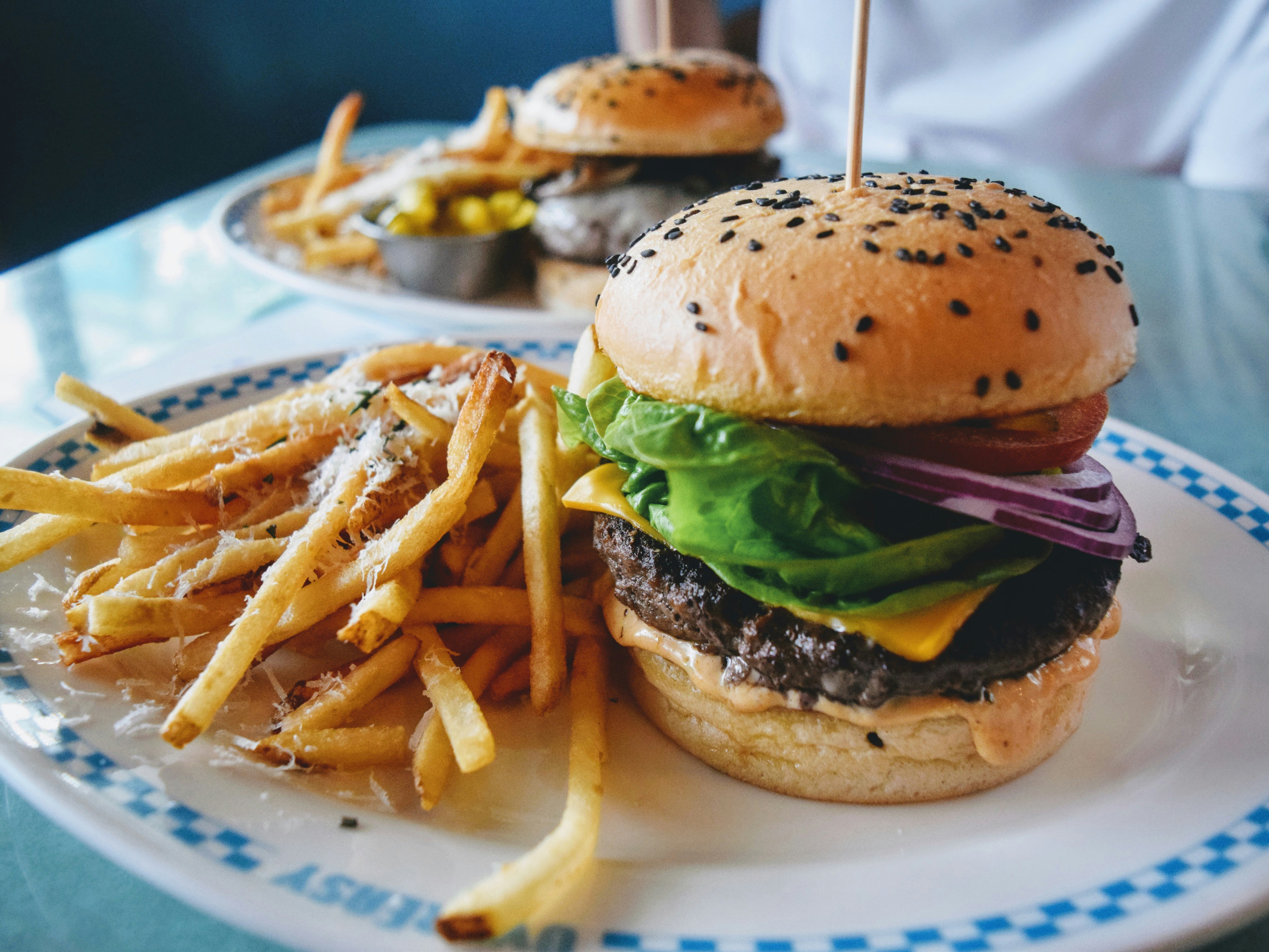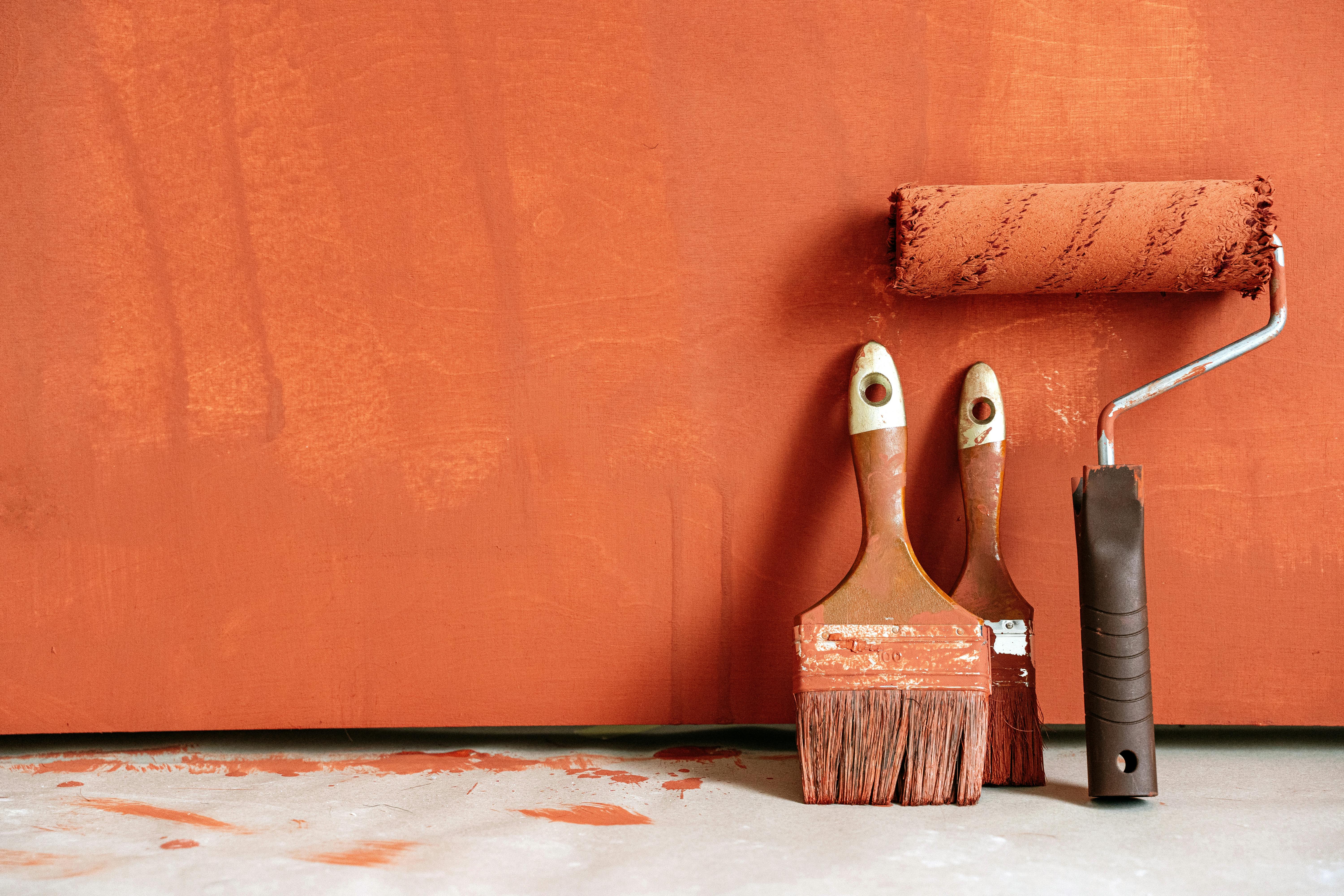Elevating Your Home Cooking with Edible Flowers
Edible flowers aren't just for fancy restaurant dishes anymore. They’re blossoming into everyday kitchens, adding color, flavor, and a touch of elegance to home-cooked meals. Beyond their visual appeal, these blossoms bring unique tastes and aromas. Used wisely, they can transform a dish from ordinary to extraordinary. Discover how to incorporate edible flowers into your culinary repertoire, and explore the new dimensions they offer to both sweet and savory dishes.
A Fresh Bloom on the Culinary Scene
Edible flowers have long been a staple in fine dining, but their popularity is now blooming among home chefs. This culinary trend embraces the idea of eating with your eyes first. Not only do these flowers enhance the aesthetics of a dish, but they also introduce surprising flavors and textures. Their versatility is impressive: think marigold-infused risotto or lavender-scented shortbread cookies. As chefs and home cooks alike explore these botanicals, edible flowers are becoming a flavorful addition to everyday meals.
Sourcing and Safety: The Essentials
Before you start sprinkling petals onto your plate, it’s crucial to know where your flowers come from. Not all flowers are edible, and some can be toxic. When sourcing edible flowers, opt for organic blooms grown specifically for consumption. Farmers’ markets and specialty grocery stores often carry safe options. If you grow them yourself, ensure they are pesticide-free. Remember, safety first: never consume flowers from florists or garden centers, as they’re often treated with chemicals.
Culinary Uses: Sweet and Savory Explorations
Edible flowers are not just a garnish; they can be the star of the dish. For sweet creations, flowers like roses, violets, and pansies add a delicate flavor to desserts and cocktails. Imagine a rose-petal panna cotta or violet-infused syrup drizzled over pancakes. On the savory side, nasturtiums and calendulas impart a peppery kick to salads and soups. Squash blossoms are perfect when stuffed with ricotta and herbs, offering a delightful appetizer or side dish. The possibilities are as varied as the flowers themselves.
Pairing Flowers with Flavors: A Delicate Balance
The key to cooking with edible flowers is understanding their flavor profiles and pairing them with complementary ingredients. For instance, the spicy undertones of nasturtiums pair well with creamy cheeses and nuts, while the citrus notes of marigolds enhance the flavors of poultry and seafood. Experimentation is part of the fun: try infusing oils with blossoms or incorporating them into dressings and marinades. Keeping a balance between the floral notes and the main elements of your dish is essential for a harmonious taste experience.
Preserving Edible Flowers: Extending Their Life
To enjoy edible flowers beyond their blooming season, preservation techniques like drying or crystallizing can be employed. Dried flowers maintain their flavor and can be used in teas, baked goods, or as a garnish. Crystallizing flowers with sugar not only preserves them but also adds a sweet, crunchy texture—ideal for decorating cakes and pastries. By preserving flowers, you ensure their availability year-round, allowing you to continually experiment and integrate them into your cooking.
Tips and Facts about Edible Flowers
-
Always research and confirm the edibility of a flower before consuming it.
-
Start with small amounts when experimenting with new flowers to gauge flavor intensity.
-
Use petals only, as the stems and leaves of some flowers may be bitter or inedible.
-
Consider the color of the flower as it can affect the visual appeal of the dish.
-
Edible flowers can also be used in non-culinary ways, such as in homemade beauty products or potpourri.
Edible flowers offer a delightful way to elevate your culinary creations. They’re not just about adding color; they bring unique flavors and textures that can transform a dish. Whether you’re a seasoned chef or a home cook eager to experiment, edible flowers invite you to explore the beauty and diversity of nature’s bounty. So next time you plan a meal, consider adding a touch of floral elegance and surprise your guests with the vibrant and flavorful world of edible blossoms.





